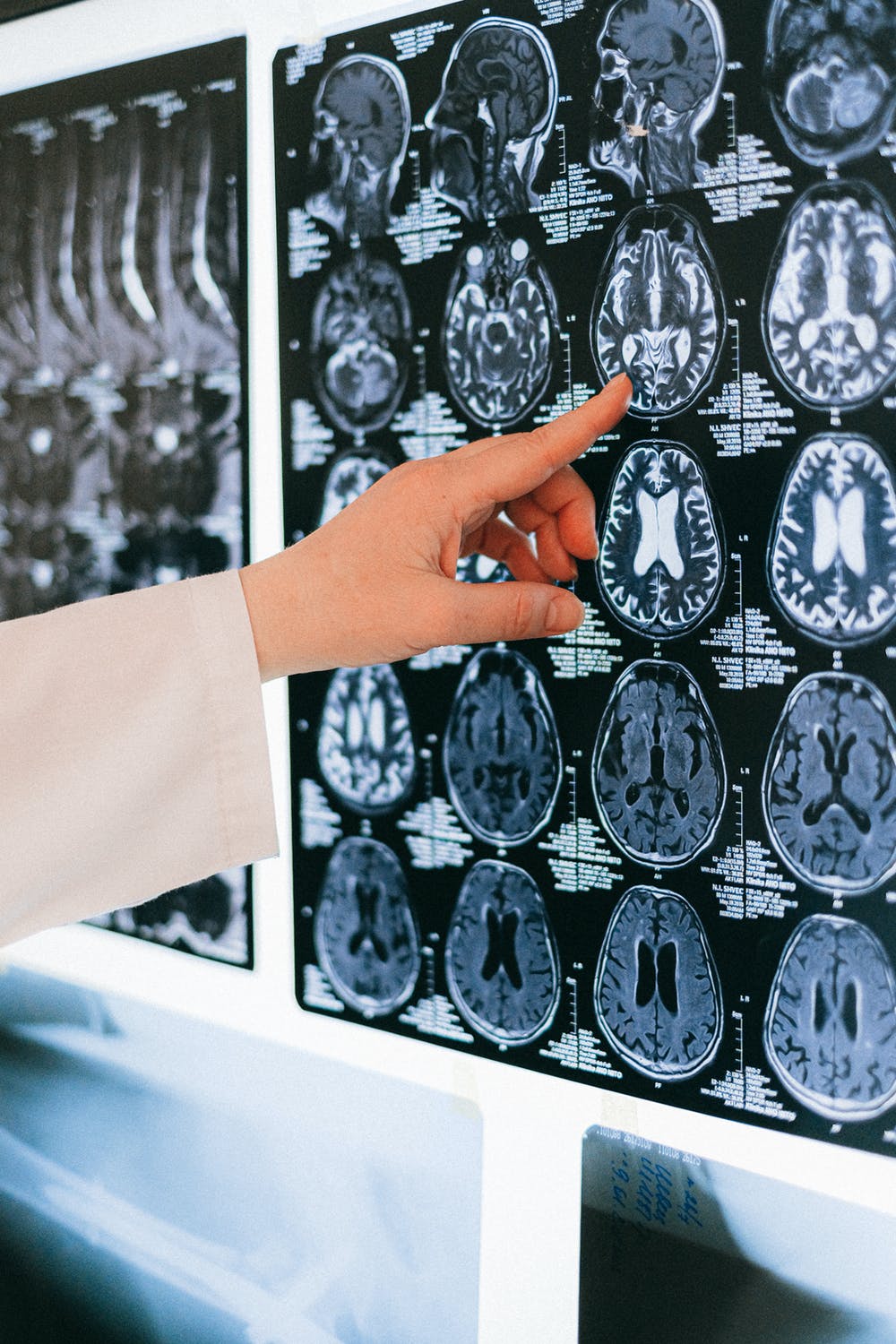Research has uncovered the neural network in the brain that converts intentions to movement responding to a stimulus.
The brain functions similarly to an orchestra. In symphonies, instruments perform a variety of melodies at varying tempos and timbres. A musical phrase is formed by the accumulation of these sounds. Likewise, nerve cells exhibit a variety of patterns and timings of activity. Specific features of human behavior are mediated by the ensemble of neural actions.
For instance, the motor cortex is a cerebral region that is responsible for locomotion. The motor cortex’s behavioral patterns are markedly different throughout the preparation and execution stages of movement. Transitioning between such patterns is important for movement to occur. However, the brain regions responsible for this transformation remained unclear.
To discover the brain circuit that acts as a conductor for planned movement, the researchers monitored the firing of hundreds of cells in the brain concurrently with a mouse doing a cue-triggered mobility task. Mice were taught to lick towards the right when their whiskers were stroked and to the left when they were not touched in this exercise. The animals were rewarded for licking in the proper direction. There was, alas, a caveat. The animals were required to remain still until a sound, the “go cue,” was broadcast. Correct motions made in response to the go signal would be rewarded.
The scientists discovered brain activation directly after the go signal and throughout the transition from motor planning to execution. This brain activity was initiated by a neuronal circuit in the midbrain, thalamus, as well as cortex.
This enables us to get a better understanding of how the brain organizes neural activity to generate complicated behavior. Future research will concentrate on elucidating how this and other circuits rearrange neuronal activity across several brain regions.
Identifying the brain networks responsible for cue-triggered actions, which are generally unaffected in Parkinson’s, may aid in therapy optimization.













Leave a Reply